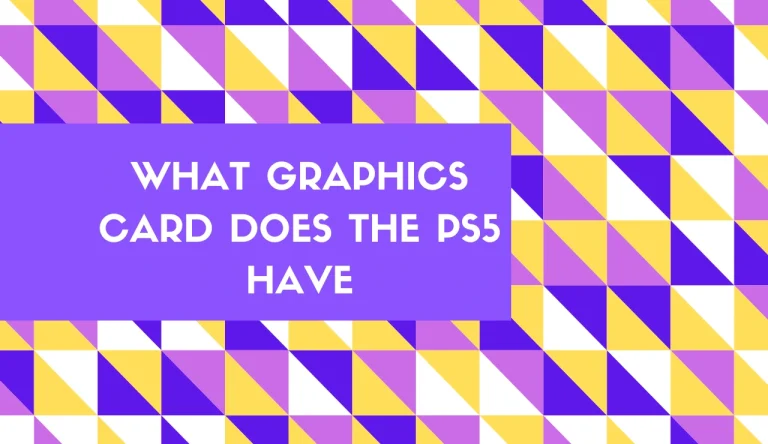Why Are Graphics Cards So Expensive
Are you wondering why are graphics cards so expensive in recent times? Well, the answer lies in a combination of factors that have culminated in a perfect storm for consumers.
First and foremost, there is an insatiable demand for these powerful components, fueled by the ever-growing popularity of gaming and the increasing need for high-quality visuals. Unfortunately, this surge in demand coincides with a limited supply due to various factors such as production constraints and global chip shortages.
Additionally, technological advancements and innovations have led to more sophisticated graphics cards with higher performance capabilities, driving up their manufacturing costs. Furthermore, the cryptocurrency mining boom has further exacerbated the situation by causing a run on graphics cards as miners scramble to build their mining rigs.
Lastly, scalpers and resellers taking advantage of the scarcity are inflating prices even further. It is this complex web of circumstances that has resulted in the exorbitant prices we see today.
High Demand and Limited Supply
Graphics cards are so expensive because there’s a ridiculously high demand for them but an annoyingly limited supply. One of the main reasons for this is manufacturing constraints. Producing high-performance graphics cards requires advanced technology and specialized components, which can be difficult to obtain in large quantities. This leads to a bottleneck in production, resulting in fewer units being available on the market.
Furthermore, trade tariffs and import/export restrictions also play a role in driving up the prices of graphics cards. These restrictions limit the flow of components and finished products across borders, making it harder for manufacturers to meet the demand. As a result, they have to increase prices to compensate for the additional costs incurred during importation or find alternative suppliers that may charge higher prices.
The combination of manufacturing constraints and trade barriers creates a perfect storm for skyrocketing graphics card prices. Until these issues are addressed, consumers will continue to face inflated costs when trying to purchase these essential components for their gaming or professional needs.
Technological Advancements and Innovation
Due to the rapid evolution of technology and constant innovation in the computer hardware industry, the current prices of these cutting-edge components reflect the advancements that have been made.

Graphics cards have seen significant improvements in recent years, with AI-driven rendering techniques becoming more prevalent. These techniques utilize artificial intelligence algorithms to enhance graphics rendering and provide a more realistic experience for users.
Additionally, the rise of virtual reality (VR) has had a major impact on graphics card demand. VR requires high-performance graphics cards to deliver smooth and immersive experiences, driving up their prices due to increased demand.
As VR continues to gain popularity and become more mainstream, the demand for powerful graphics cards is expected to further increase, leading to continued high prices in the market.
Cryptocurrency Mining Boom
As cryptocurrency mining gains momentum, the current boom has sent prices skyrocketing for these cutting-edge components, leaving tech enthusiasts and gamers scrambling to find affordable options.

The surge in demand for graphics cards is largely driven by the rise of cryptocurrencies like Bitcoin and Ethereum, which require substantial computational power to mine. This increased demand has created a shortage of graphics cards in the market, leading to inflated prices.
However, it’s not just the high demand that is causing graphics card prices to soar. Energy consumption concerns also play a role in their expensive price tags. Cryptocurrency mining requires significant amounts of electricity, leading to environmental concerns due to the carbon footprint associated with this energy-intensive process.
As a result, manufacturers are working towards more energy-efficient solutions, but until then, consumers will continue to face high costs for graphics cards.
Global Chip Shortage
With the ongoing global chip shortage, you’re struggling to acquire affordable components for your tech needs. The supply chain disruption has caused a ripple effect, impacting not only the gaming industry but also various other sectors that heavily rely on graphics cards.

Here’s how this shortage is affecting industries beyond gaming:
- Automotive: Car manufacturers require chips for advanced driver assistance systems and infotainment systems. The chip shortage has led to production delays and increased prices for vehicles.
- Electronics: Smartphones, laptops, and other electronic devices rely on chips for their functionality. The scarcity of chips has resulted in higher prices and limited availability of these products.
- Medical equipment: Many medical devices incorporate chips for monitoring patients’ vitals or performing complex procedures. The chip shortage can delay the production and distribution of essential medical equipment.
- IoT Devices: Internet of Things (IoT) devices, such as smart home appliances and wearable technology, require chips to connect to networks and process data. The chip shortage hampers innovation in this growing market.
The global chip shortage demonstrates the interconnectedness of industries worldwide and highlights the need for a resilient and adaptable supply chain in the face of unexpected disruptions.
Scalpers and Resellers Impacting Prices
Scalpers and resellers are wreaking havoc on prices, making it nearly impossible to find affordable components for your tech needs during the global chip shortage. The ethics and regulation of scalping practices have come into question as these opportunistic individuals take advantage of the scarcity in graphics cards.
Online marketplaces have played a significant role in exacerbating this issue by providing a platform for scalpers to sell their products at exorbitant prices. These platforms often lack effective measures to prevent or deter scalping, allowing these individuals to exploit the situation further.
As a result, consumers are left frustrated and forced to pay inflated prices if they want to acquire a graphics card. It is crucial for regulators and online marketplaces to address this problem promptly and implement stricter regulations or safeguards against scalping practices in order to protect consumers from unfair pricing tactics.
Frequently Asked Questions
Conclusion
In conclusion, you now have a better understanding of why graphics cards are so expensive. The combination of high demand and limited supply, driven by technological advancements and the cryptocurrency mining boom, has led to inflated prices.
Additionally, the global chip shortage has further exacerbated this issue. Moreover, the presence of scalpers and resellers who capitalize on the scarcity of graphics cards contributes to the elevated prices.
It’s crucial to consider these factors when contemplating purchasing a graphics card in today’s market.






